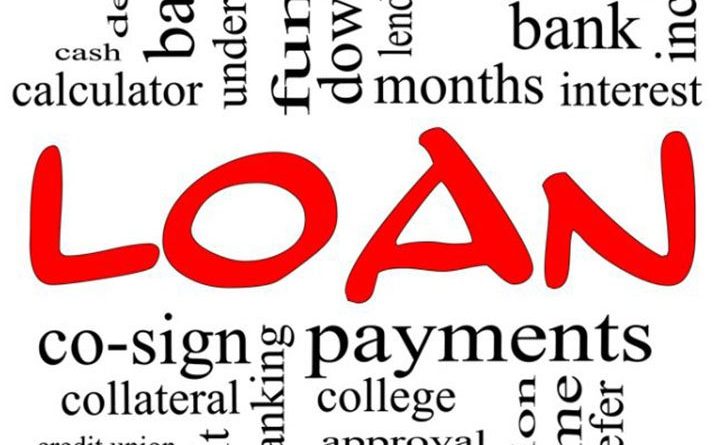Eventually, a time comes in every consumer’s life during which he or she will need a personal loan. A personal loan is long-term or short-term cash advance that different institutions give to applicants who qualify. You can use a personal loan for a wide variety of reasons such as bill payments and small purchases. Most lenders do not get involved with how you spend the money, unless it is a debt consolidation loan. The proceeds should go to the multiple lenders in such a case. Otherwise, you can spend the money freely in any way that you see fit.
How to Qualify for Personal Loans
Lenders usually approve personal loans to consumers who show a strong history of timely payments with other lenders. Your overall credit score has to be high for you to qualify for a personal loan from a traditional lender. It may be difficult for you to obtain a personal loan if you are a student or a person with limited credit. The task will be doubly challenging if you have a poor credit history. In some cases, the lender may agree to issue a personal loan if you agree to provide collateral. Collateral is an item of value that may cover the amount of the personal loan if you fail to repay it. Banks often take home deeds and auto titles if they are put up as collateral.
You must be living a stable life to apply for a personal loan. Stability includes having a job for a least two years and living in the same home for at least two years. The issuing party wants to feel secure that you will remain in the same place long enough to repay the advance. Therefore, it will perform a verification to ensure that you were honest about your status.
How to Obtain Personal Loans
You can contact your local banking institution for help with obtaining a personal loan. Banks usually offer three options for applying for personal loans: a telephone call, online application, or branch visit. You will need to bring identification documents such as a driver’s license and social security card to process your application. You will also need to have proof of residency and employment. Copies of your lease, utility bills, mortgage bills, and home deeds are acceptable proof of residency. Pay stubs, W-2 forms, and tax documents can help with proving income and employer information.
How Personal Loans Work
A bank that approves a personal loan will issue a set amount with a specific annual percentage rate attached to it. You will have to repay the loan in monthly increments that will add up to the value of the loan plus interest. Some banks may charge additional fees and finance charges. Personal loans can be as short as 14 days or as long as several years. The terms change between lenders and their clients. The short-term personal loans tend to have easier approval processes and higher APRs.
Featured Image: DepositPhotos/ mybaitshop








